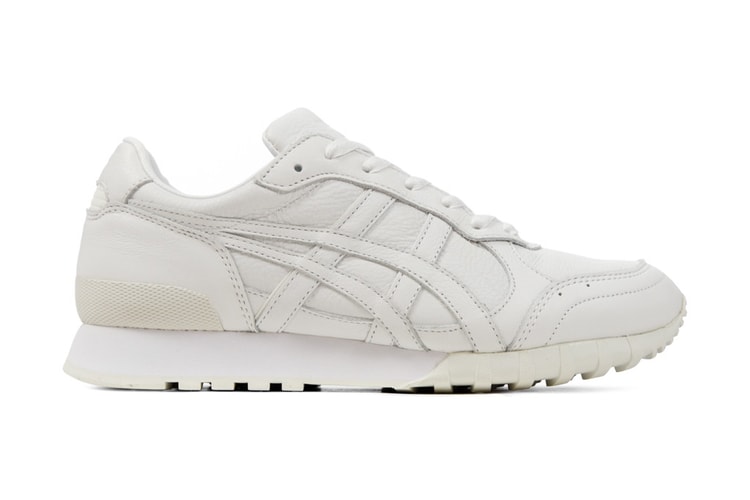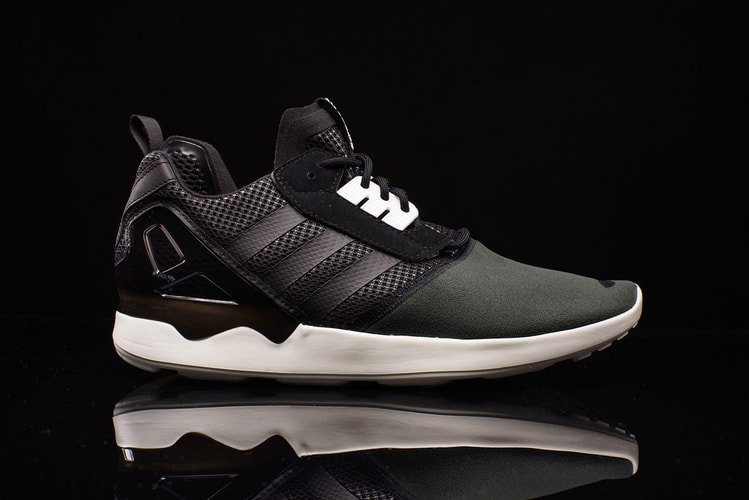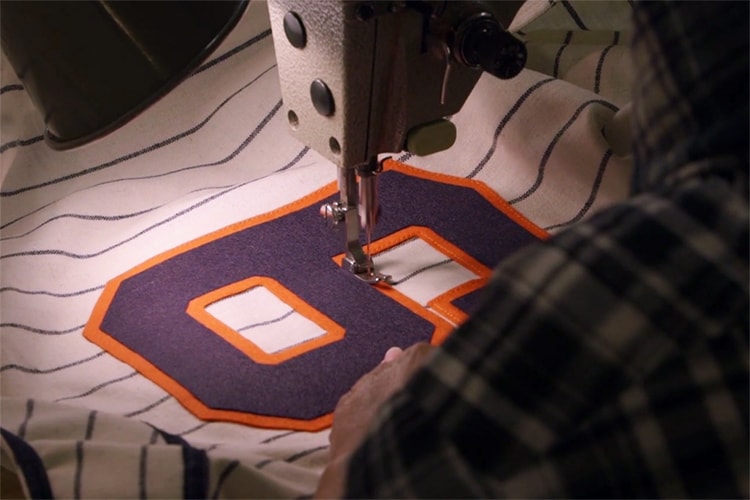Following five years of back-and-forth trash talking and repeatedly failed negotiations,
are set to battle on May 2nd in what is billed to be the superfight of our generation. The two combatants are often regarded as the most proficient fighters of our time, and the fight’s widespread media coverage, projected earnings and fan exposure are elements that have been notably absent from the boxing world for some time. Fights in the past that have sparked similar interest include Tyson vs. Lewis, Ali vs. Frazier I, Schleming vs. Louis and Ray Robinson vs. LaMotta. However, these fights occurred largely before a digital era where large portions of the population could tune in from around the world. There’s no doubt the magnitude of May 2nd’s fight will attract a huge contingency of viewers, ranging from both seasoned boxing fans to casual fans. For those looking to get a full rundown of the fight, here’s a primer for you.
The Combatants
In one corner is Mayweather, an Olympic Bronze Medalist who has since gone on to be undefeated in his professional career. Known for his incredible skills inside the ropes, Mayweather has also become quite the entertainer outside the ring, as he is also recognized for his brash and polarizing personality. Full of confidence, he has bestowed several haughty nicknames on himself at various points in his career — Pretty Boy, Money, and most recently The Best Ever. Born into a family of boxers, the Grand Rapids-bred fighter knew the gift he possessed since his troubled childhood, having never seriously considered any other profession.
An analysis of Floyd Mayweather, Jr. presents itself as a defensive masterclass. An epitome of the sweet science, Mayweather fights like a ghost inside the ring, passively evading opponents’ punches while countering with his own assault. Floyd’s style personifies boxing’s greatest advisory ethos “hit and don’t get hit,” and this embodiment can directly be represented in numbers.
Compubox — a database company which measures a fighter’s activity inside the ring — has a specific category tracking plus/minus ratios. This statistic measures the percentage a fighter is able to connect with a punch, and subtracts that number by the percentage of times they are hit. Atop the list by a wide margin sits Floyd Mayweather, Jr. with a score of plus
24 points — 6 whole points ahead of the next runner up. Relying on his masterful technique, footwork, combined with gifted reflexes, hand and foot speed, Mayweather has allowed opponents to land only an average of 17% of their punches, while connecting with 41% of his own.
In the opposing corner is Pacquiao, known for his unrelenting pace and crushing power. “Pac-Man” is the first and only fighter to hold
world championship titles in eight different weight classes. Possessing an extensive record filled with David versus Goliath-type contests, the humble Filipino has knocked out or completely dominated larger menacing fighters throughout the latter part of his career. Pacquiao’s fighting approach is often associated with one word: offense. His adept ability to find punching angles and use of footwork is highly remarkable among southpaw fighters, and presents a unique set of challenges for opponents who are not used to such proficiencies. His quick, calculated movements, combined with his high-volume assault, have helped the Filipino lull many of his opponents into defeat. Of his 57 victories inside the ring, 38 have come by knockout.
Aside from their pugilist success, the two contestants are almost the complete antithesis of each other. Breaking out of abject poverty, Pacquiao is a devout Catholic and
a congressman in the Philippines, who represents the province of Sarangani. His humility hides his aggressiveness and violent capabilities within the ring, and perpetuates an unassuming and timid professional appearance. Pacquiao’s marketability has earned him a slew of global endorsements such as Nike and Kia Motors. Conversely, Mayweather fronts a materialistic, antagonistic image, focusing on the vanities of fame and fortune,
in addition to his multiple run-ins with the law. Less worried about legacy, he openly admits his motivations for competition are driven by money. Although the undefeated fighter draws a large number of pay-per-view buys, he does not have any major sponsorships, electing to promote his own line of apparel, The Money Team.
The Eventual Crossing of Paths
With both Mayweather and Pacquiao competing around the same weight class, serious speculation regarding the outcome of a meeting between the two can be traced back as early as 2009. However, the respective fighters’ ascent in rank began at a much earlier time.
Mayweather’s incumbency to the mythical pound-for-pound title started in 2004, the year in which he defeated former champion DeMarcus Corley. Twenty-seven years of age at the time,
Mayweather Jr. had cruised through almost every champion and contender put in front of him, effortlessly capturing titles in various weight classes. Statistically speaking, Mayweather is undoubtedly the greatest amongst his contemporaries, and a serious argument can be made for him being the greatest of all time. His defensive prowess and selective potshotting has helped him become the most efficient prizefighter ever, who to this day has still never been knocked down. Following three highly successful years atop the sport, dispensing with the vicious Oscar De La Hoya, Ricky Hatton, Arturo Gatti and Carlos Baldomir, Floyd Mayweather, Jr. abruptly announced his retirement in 2007, leaving his coveted throne for the taking.
Manny Pacquiao was the sensible heir. Blitzing through weight classes, the 5’ 6½” inch fighter was thrashing heavier opponents with ease, legitimizing himself as the pound-for-pound candidate for the throne with a dominating welterweight debut over the legendary Oscar De La Hoya.
Soon after the victory, Floyd Mayweather, Jr. would announce his return to the sport, protesting his loss in ranking. However, Pacquiao would reassert his position with a destructive 12th round referee stoppage of dangerous champion Miguel Cotto,
perhaps his most impressive career performance to date. A media frenzy sparked immediately after, with fans demanding a match between Mayweather and Pacquiao. This spawned the beginning of negotiations for a megafight.
The Negotiations
The talks repeatedly broke down due to disputes over a variety of issues, chiefly related to the location, date, split of the purse, and the methods of drug testing. Each respective camp diverted the blame, with conflicting reports as to what the counterpart had requested.
One major issue revolved around a disagreement over the form of pre-fight drug testing. For the first time in his career, Mayweather required himself and his opponents to undertake random drug testing throughout the duration of the training camp, something he has become a strong proponent of since. This method makes it difficult for fighters to time their doping cycle, as they’re not given sufficient time to flush out the traces of performance enhancing drugs. Pacquiao’s team was reluctant, claiming their fighter was afraid of needles and believed that drawing too much blood too often would weaken him prior to the fight. Because of this refusal, despite lack of evidence, the Mayweather camp implicitly accused Pacquiao of cheating, resulting in a defamation lawsuit which was
eventually settled out of court.
Although Pacquiao’s aversion to this regulatory program may seem suspicious, many of Mayweather’s negotiation requests were tipped considerably in his own favor. For example, another highly disputed topic during negotiations was the date and location of the fight. Due to Manny’s congressional obligations, many of the dates requested by Floyd did not give a sufficient amount of time for preparation to his opponent.
Additionally, Mayweather’s compensation demands for the fight wildly benefited himself. At one point during negotiations, Mayweather
offered Pacquiao a flat rate guarantee of $40 million USD, the catch being Pacquiao would have to forfeit his due share from the pay-per-view earnings. At the time of Mayweather’s proposal, the fight was projected to earn an outstanding $160 million USD in pay-per-view revenue in the U.S. alone. If such a deal was agreed by both parties, Mayweather would have been the clear monetary benefactor at the expense of his opponent.
Conclusion
Stay tuned for the second part that will further analyze the fight by profiling the trainers on both sides of the ring. It will also include details regarding the official contract settlement, as well as the overall projected earnings for the forthcoming showdown.
Leave your thoughts on part one, and share what you may want to see touched upon in part two in the comment section below.












